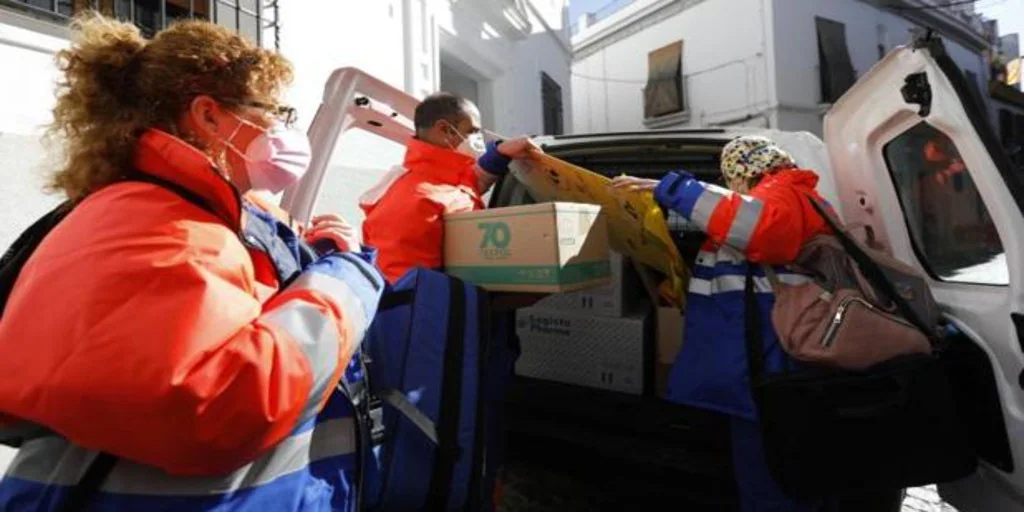Sevilla
Keep
Córdoba’s daily epidemiological bulletin is an upward arrow, an unstoppable flood of infections for which the Ministry of Health and Families cannot find an explanation. This province yesterday recorded 270 cases of coronavirus in the last 14 days per 100,000 inhabitants, almost a hundred points more than the incidence rate of Andalusia (171.5 cases). It is triple the national average (92 points). Above 150 the risk is considered high.
The Andalusian Government has set itself the objective of lowering more than twenty points in a week or ten days and leaving the threshold of high risk, as explained yesterday by the spokesperson for the Board, Elijah Bendodo. The other two goals are to descend from the half thousand hospitalized (yesterday there were 609), to put this week up to 700,000 doses of vaccines and arrive in early July with 70 percent of the target population having at least the first puncture.
While the province of Huelva and the Sierra Norte de Sevilla have managed to bend the curve of the Covid-19 pandemic in recent days, the province of Córdoba has broken this streak and compromises the de-escalation plan of the regional government.
The situation in Córdoba is so disheartening that the Junta de Andalucía is considering delaying the meeting of the High Impact Public Health Alerts Advisory Council of Andalusia scheduled for Tuesday June 29, according to regional sources. The so-called committee of experts was going to study taking a further step in relaxing the restrictive measures. However, the rise in infections in Córdoba and the threat of the delta or Indian strain of Covid – which has forced the administration of the second dose of AstraZeneca to be advanced – leaves the phase change in the air again.
Far from remitting, the situation is likely to worsen in Córdoba: the last seven days the cumulative incidence is 140.9 cases per 100,000 inhabitants. With the older population vaccinated (those born in 1985 are now being immunized), the majority of those infected are young people from 16 to 29 years old, in outbreaks associated with celebrations and social gatherings.
There is no scientific explanation for the uniqueness of this province. The epidemiologist and technical advisor of the General Directorate of Public Health in Andalusia, Nicola Lorusso, assures that “there is no differential factor” with respect to the rest of the provinces. In general, the Covid is having more impact in the interior areas. Bendodo points out as a cause the increase in mobility after lifting the state of alarm and social events.
– .

